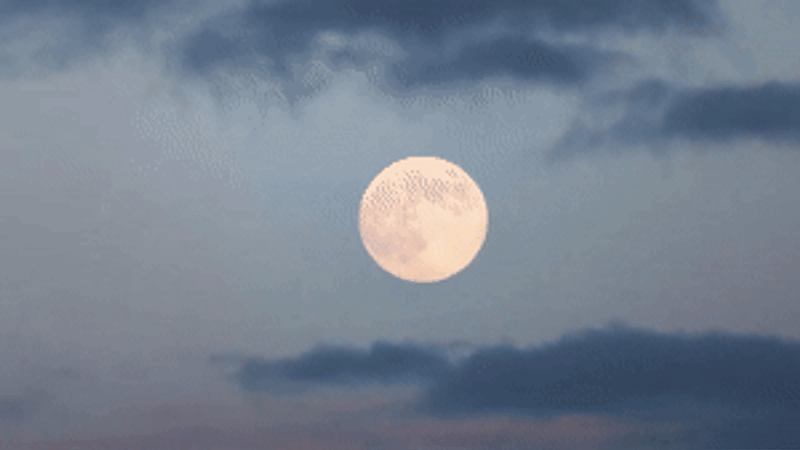Published 21:34 IST, January 16th 2025
In a First, Moon Named a Threatened Cultural Site Amid Risks From Tourism And Looting
The WMF fears that these future missions, along with tourist activity, could disturb iconic sites such as the footprints left by Armstrong and Aldrin

New Delhi: The World Monuments Fund (WMF), known for its dedication to preserving endangered cultural heritage sites across the globe, has taken an unprecedented step this year. For the first time in its history, the organisation has turned its gaze beyond Earth, adding a site on the moon to its annual list of endangered cultural heritage locations, raising concerns about looting and damage from upcoming commercial lunar missions.
Traditionally centred on protecting vulnerable cultural landmarks on Earth, the WMF has expanded its scope to include an extraterrestrial site on this year’s list. The move comes in response to "mounting risks amidst accelerating lunar activities," said Bénédicte de Montlaur, president and chief executive of the World Monuments Fund.
“For the first time, the moon is included … to reflect the urgent need to recognise and preserve the artefacts that testify to humanity’s first steps beyond Earth – a defining moment in our shared history,” Montlaur stated. She highlighted items such as the camera used to broadcast the moon landing, a memorial disk left by Neil Armstrong and Buzz Aldrin, and hundreds of other objects emblematic of this legacy.
“The moon seems so far outside of our scope. But with humans venturing more and more into space, we think it is the right time to get ourselves organised", Bénédicte de Montlaur told The New York Times.

The WMF’s 2024 watchlist, its first since 2022, also features Qhapaq Ñan, a pre-Hispanic Andean road system, as well as Antakya in Turkey and the Noto Peninsula in Japan, both damaged by recent earthquakes.
Concerns over lunar preservation are growing with the advent of private space exploration and the anticipated boom in commercial lunar trips.
SpaceX recently launched two lunar landers to prepare for future missions. Meanwhile, NASA's Artemis III mission, planned for mid-2027, is set to mark the first crewed Moon landing since the 1970s, likely paving the way for private ventures.
Only a handful of nations – the US, China, India, Japan, and the former Soviet Union – have successfully landed vehicles on the Moon since the 1960s.
The WMF fears that these future missions, along with tourist activity, could disturb iconic sites such as the footprints left by Armstrong and Aldrin during humanity’s first steps on the lunar surface.
‘Protect Lunar Heritage’
In an interview with The Art Newspaper, Montlaur stressed the urgency of establishing international protocols to preserve the moon’s cultural significance in an era of increasing space exploration. “Protecting lunar heritage will help prevent damage from accelerating private and governmental activities in space, ensuring these artefacts endure for future generations,” she said.
The WMF’s latest list primarily focuses on sites in conflict zones and those threatened by climate change. Notable inclusions are cultural landmarks in Ukraine and Gaza, where ongoing conflicts have endangered their historic significance. The organization also highlighted the Swahili Coast of Africa, which features sites such as Lamu Old Town and Fort Jesus in Kenya, as well as the Island of Mozambique, all of which face threats from coastal erosion. In Gaza, the historic urban fabric has suffered significant destruction due to the ongoing war with Israel.
Some sites were selected for their potential to benefit from sustainable tourism, such as the Orthodox monasteries of Drino Valley in Albania. However, overcrowding at others, including China’s Buddhist grotto sites at Maijishan and Yungang, has raised concerns over their preservation.
The WMF’s focus on endangered heritage sites is not new. In 2022, the list featured prehistoric cave paintings in Brazil’s Monte Alegre State Park, the Aztec ruins of Teotihuacán in Mexico, and the pre-Columbian archaeological site Garcia Pasture in Texas.
Updated 22:00 IST, January 16th 2025



